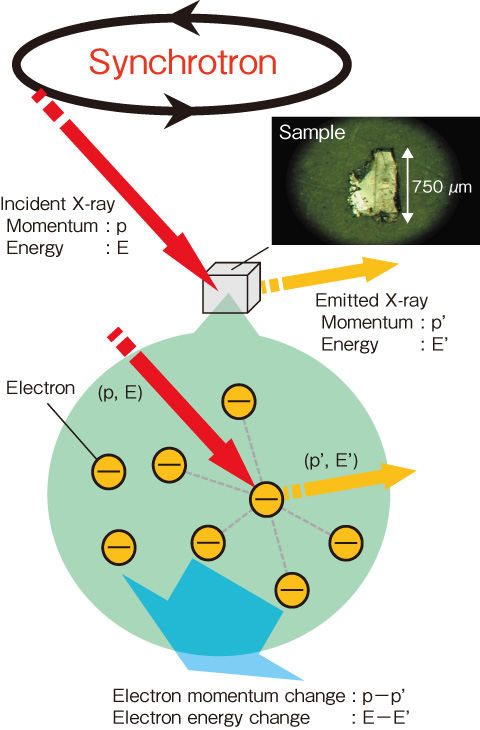
Fig.5-21 Schematic representation of RIXS

Fig.5-22 Calculated and experimental spectra
Quantum beams such as neutron beams and X-rays have been extensively used to clarify elementary excitations in various strongly correlated electron systems. A lot of studies using quantum beams have been intensively carried out for the recently discovered iron-pnictide high-Tc superconductors, to elucidate their superconducting mechanism.
Recently, resonant inelastic X-ray scattering (RIXS) utilizing the hard X-rays at transition-metal K-edges has become a unique technique to observe momentum-dependent charge excitation spectra of strongly correlated electrons. In K-edge RIXS, the incident X-ray with the 1s-4p absorption energy resonantly excites the 1s electron to the 4p state. In the final state, the excited 4p electron returns to the 1s state, emitting an X-ray, where the emitted X-ray loses momentum and energy in amounts equal to those transferred to the correlated electrons (Fig.5-21).
We recently succeeded in the first observation of RIXS for a typical iron-pnictide high-Tc superconductor PrFeAsO1-y. The experimentally observed and theoretically calculated RIXS spectra for various X-ray momentum changes q’s are displayed in Fig.5-22. We found a characteristic momentum-dependent low-energy feature around 1-2 eV, as indicated by the ticks in the right panel of Fig.5-22. To analyze the spectral properties, we also performed a theoretical calculation (left panel of Fig.5-22). From comparison between the calculated and experimental spectra, spectral shape and momentum dependence obtained experimentally agree well with the calculation by assuming the magnetically ordered state rather than the non-magnetic state. This suggests that at least short-range local magnetic correlations exist, consistently with other experiments. By further analysis, we also succeeded in verifying that the local Coulomb repulsion among the Fe 3d electrons should be intermediately strong (2-3 eV) in the present iron-pnictide superconductor. This evaluation of electron correlation could play a key role in discussions of the microscopic mechanisms of the iron-pnictide high-Tc superconductivity.